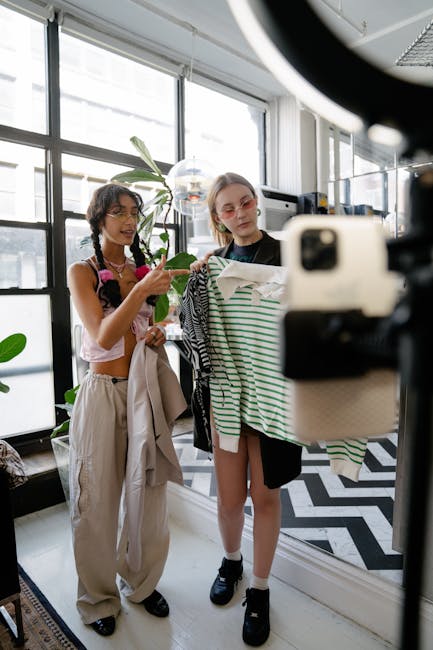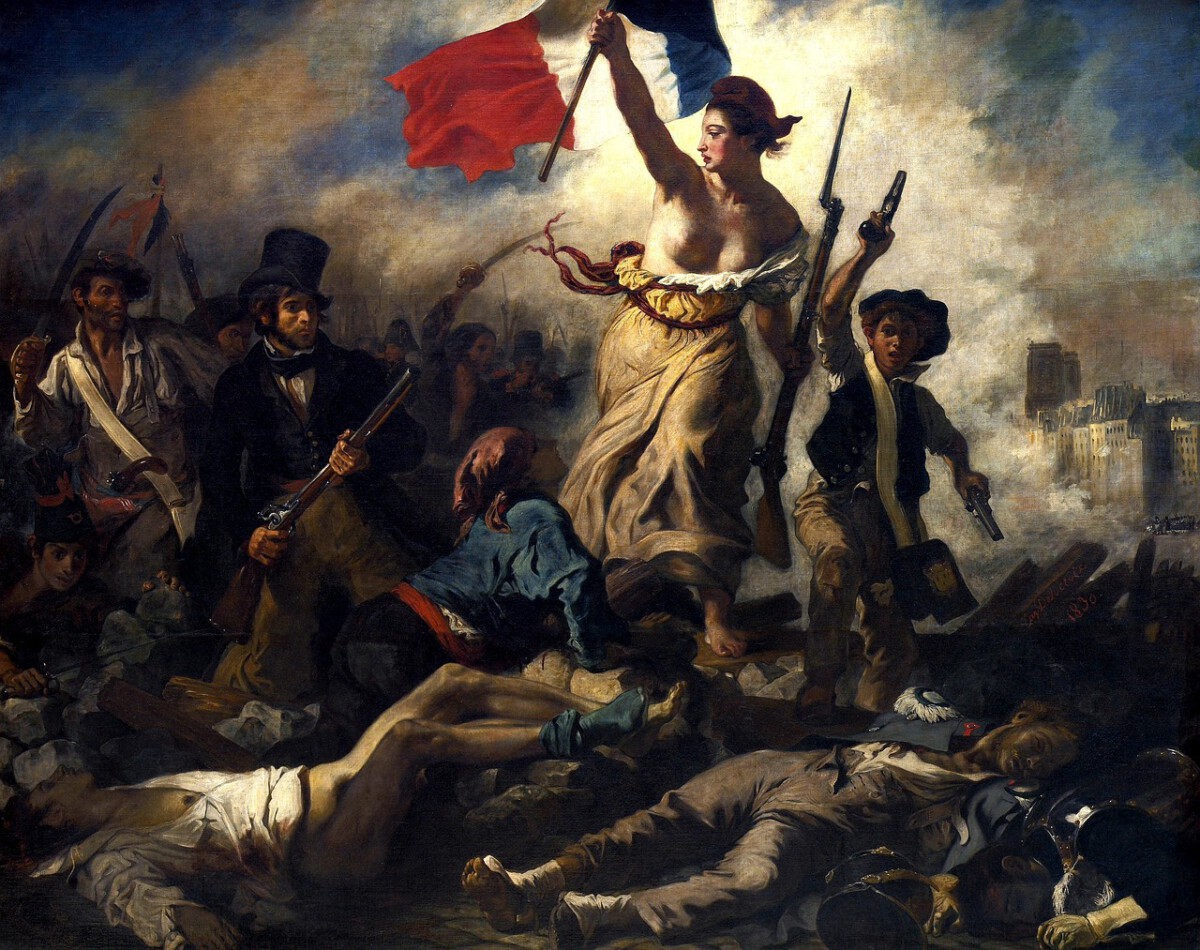The Birth of Streetwear

Streetwear emerged from the vibrant cultures of skateboarding and hip-hop in the late 1970s and early 1980s. It was a rebellious response to the mainstream fashion that dominated the time. Brands like Stüssy and Supreme began by selling graphic tees and hoodies, reflecting the laid-back, anti-establishment ethos of the streets. These clothes weren’t just about style; they were a statement, a way for individuals to showcase their identity and affiliations. Streetwear quickly became a cultural phenomenon, capturing the imagination of young people who wanted to express themselves outside the norms. Over the years, this niche market grew, supported by a community that valued authenticity and creativity above all.
Hip-Hop’s Influence on Fashion

Hip-hop played a crucial role in elevating streetwear to new heights. Artists like Run-D.M.C., LL Cool J, and later, Kanye West, used fashion as a form of expression, blending music with style. They wore brands like Adidas and Timberland, making them symbols of the hip-hop lifestyle. This visibility brought streetwear into the mainstream, as fans wanted to emulate their favorite artists. The synergy between hip-hop and streetwear was undeniable, with both industries feeding off each other’s energy and innovation. The fashion choices of hip-hop artists became as influential as their music, setting trends that transcended cultural and geographical boundaries.
Streetwear’s Rise to Popularity

As streetwear gained popularity, it began to attract collaborations with high-end fashion brands. This was a turning point, as luxury labels saw the potential in aligning themselves with street culture. The collaboration between Louis Vuitton and Supreme in 2017 was a landmark moment, merging the worlds of high fashion and streetwear. This partnership was not just about selling clothes; it was a cultural exchange that blurred the lines between luxury and the streets. Streetwear’s rise was fueled by its ability to adapt and innovate, offering something fresh in a world that was increasingly looking for authenticity.
The Role of Social Media

Social media played a pivotal role in the global spread of streetwear. Platforms like Instagram and Twitter allowed brands to reach audiences worldwide, showcasing their latest collections and collaborations. Influencers and celebrities amplified this reach, wearing and promoting streetwear to their millions of followers. The immediacy of social media meant that trends could spread faster than ever before, creating a sense of urgency and excitement around new releases. This digital landscape democratized fashion, giving smaller brands a platform to compete with established luxury houses. Streetwear became synonymous with the digital age, thriving in an environment where visibility and engagement were key.
Luxury Brands Embrace Streetwear

Luxury brands initially viewed streetwear with skepticism, but as its popularity grew, they couldn’t ignore the shift. High fashion houses began incorporating streetwear elements into their collections, recognizing the cultural capital it held. For instance, Balenciaga’s oversized hoodies and Vetements’ graphic tees are direct nods to streetwear aesthetics. This integration wasn’t just about appealing to younger consumers; it was about staying relevant in a rapidly changing fashion landscape. Luxury brands realized that to thrive, they needed to embrace the cultural movements that were shaping the world. Streetwear offered a fresh perspective, challenging traditional notions of what luxury could be.
Streetwear’s Impact on Luxury Fashion

The impact of streetwear on luxury fashion is undeniable. It has challenged the traditional hierarchy of the fashion industry, where exclusivity and elitism once reigned supreme. Streetwear introduced a new way of thinking about fashion, where community and culture were as important as craftsmanship and design. This shift has forced luxury brands to rethink their strategies, focusing more on inclusivity and authenticity. Streetwear’s influence can be seen in the relaxed silhouettes and bold graphics that now dominate runways. It has redefined what it means to be fashionable, breaking down barriers and creating a more diverse and dynamic industry.
Collaborations: A Winning Formula

Collaborations between streetwear and luxury brands have become a winning formula, benefiting both parties. These partnerships bring together different audiences, creating a buzz that drives sales and brand awareness. They allow luxury brands to tap into the streetwear market, reaching younger consumers who value authenticity and innovation. On the other hand, streetwear brands gain credibility and prestige by associating with high-end labels. Collaborations like Off-White x Nike and Dior x Air Jordan have been hugely successful, blurring the lines between street and luxury. These partnerships are not just about products; they are about cultural relevance and storytelling.
The Role of Limited Releases

One of the key strategies in streetwear’s success is the concept of limited releases, also known as “drops”. This approach creates a sense of exclusivity and urgency, driving demand and consumer interest. By releasing limited quantities of products, brands create a buzz that keeps consumers coming back for more. This strategy has been adopted by luxury brands, who have realized the power of scarcity in driving sales. Limited releases generate hype, with fans lining up for hours or even days to get their hands on the latest items. This approach has transformed the way both streetwear and luxury brands operate, emphasizing the importance of consumer engagement and loyalty.
Streetwear’s Global Influence

Streetwear’s influence is not confined to the Western world; it has become a global phenomenon. From Tokyo to Lagos, streetwear has captured the imagination of young people everywhere. It has become a universal language, transcending cultural and geographical boundaries. This global reach is a testament to streetwear’s adaptability and its ability to resonate with diverse audiences. Brands have embraced this international appeal, collaborating with designers and artists from around the world. Streetwear’s global influence is a reflection of the interconnectedness of modern culture, where ideas and trends can spread across continents in an instant.
The Future of Streetwear in Luxury Fashion

The future of streetwear in luxury fashion looks promising, as the lines between the two continue to blur. Streetwear has proven itself to be more than just a passing trend; it is a cultural movement that has reshaped the fashion industry. As luxury brands continue to embrace streetwear, we can expect to see more collaborations and innovative designs that challenge traditional norms. The fusion of street and luxury offers endless possibilities, creating a dynamic and exciting future for fashion. As the industry evolves, streetwear will undoubtedly play a crucial role in shaping its direction, offering fresh perspectives and new ideas.




